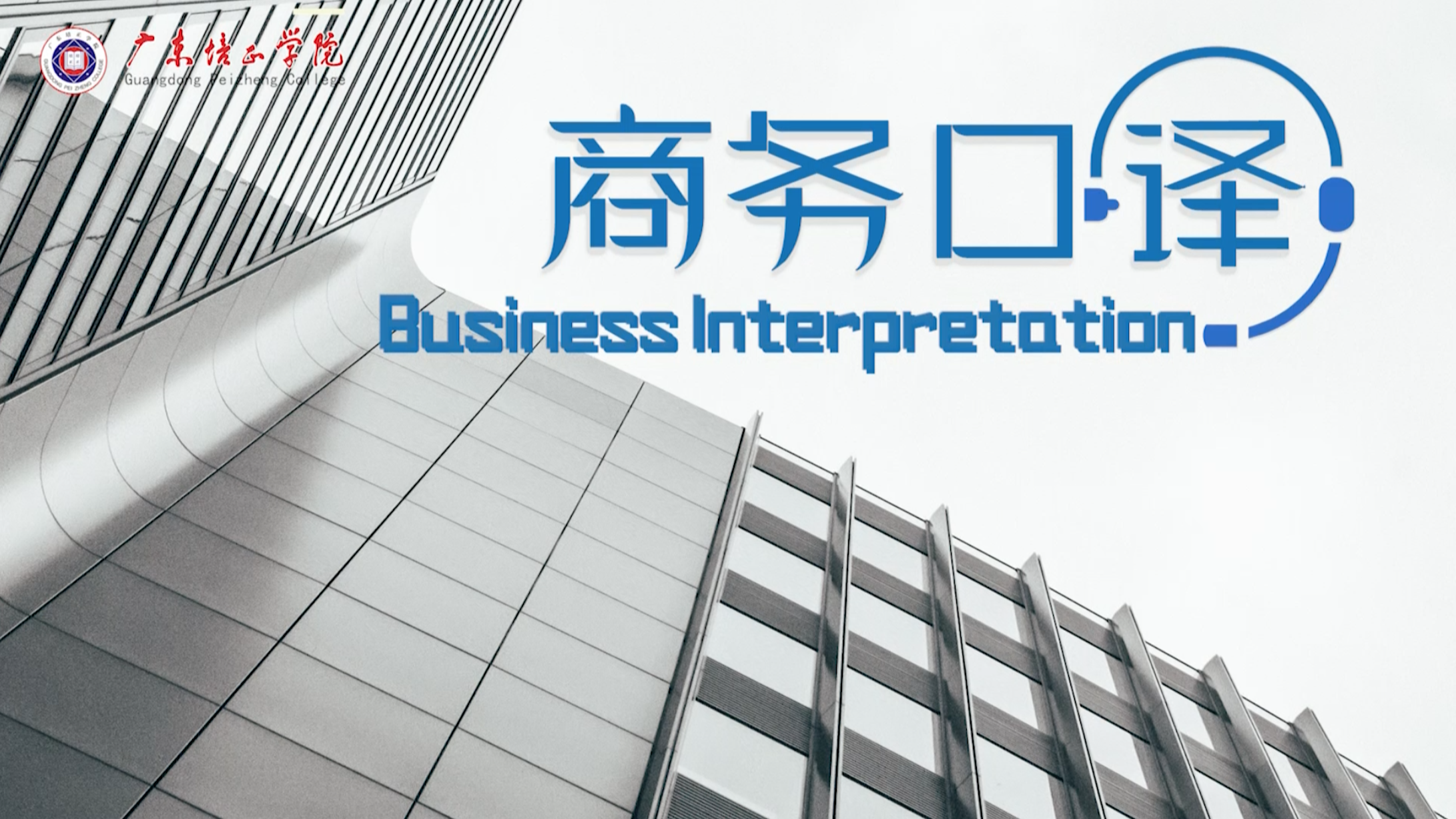第二章测试1.What is the main structure of a sentence( )。
A:The links
B:The SVO unit
C:The VO construction
D:The SV construction
答案:B
2.Why should we note the links on the left of the page( )。
A:Because teachers want us to note like this
B:Because they are unimportant
C:Because they are both visible and readable.
D:Because they are important
3.How should we note the SVO unit in note-taking( )。
A:note it horizontally
B:note it vertically and hierarchically
C:note it vertically
D:note it in your own way
4.Which one is the correct symbol for “would have worked”( )。
A:

B:

C:

D:

5.When taking notes in interpreting, we can( )。
A:note it in both source language and target language
B:note it in source language
C:note it in target language
D:use our memory instead of notes
6.A symbol can be( )。
A:a short word
B:a picture
C:a pair of letters
D:a single letter
7.We should note everything we hear when doing interpretation. ( )
A:对 B:错 8.We need to use different symbols to represent synonymous words. ( )
A:错 B:对 9.Symbols should be consistent. ( )
A:错 B:对 10.You can underline any symbol to add emphasis. ( )
A:对 B:错 1.Our common knowledge and experience is often stored in______ ( )
A:Short term memory
B:Instantaneous memory
C:Long term memory
D:Instant memory
2.In short term memory, the message often last for______ ( )
A:1-2 hours
B:Less than 1 minute
C:Permanently
D:30 minutes
3.Usually, a person can memorize 5 to 9 memory chunks without any note taking. ( )
A:错 B:对 4.One chunk means one word or one sentence.( )
A:对 B:错 5.Visualization is helpful when you listen to argumentative materials.( )
A:对 B:错
温馨提示支付 ¥3.00 元后可查看付费内容,请先翻页预览!


